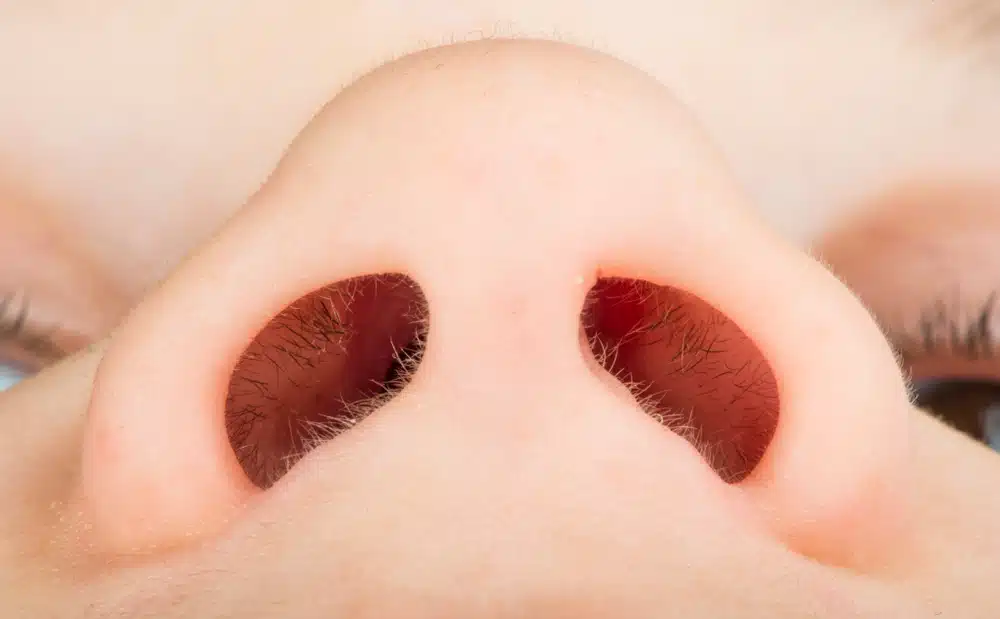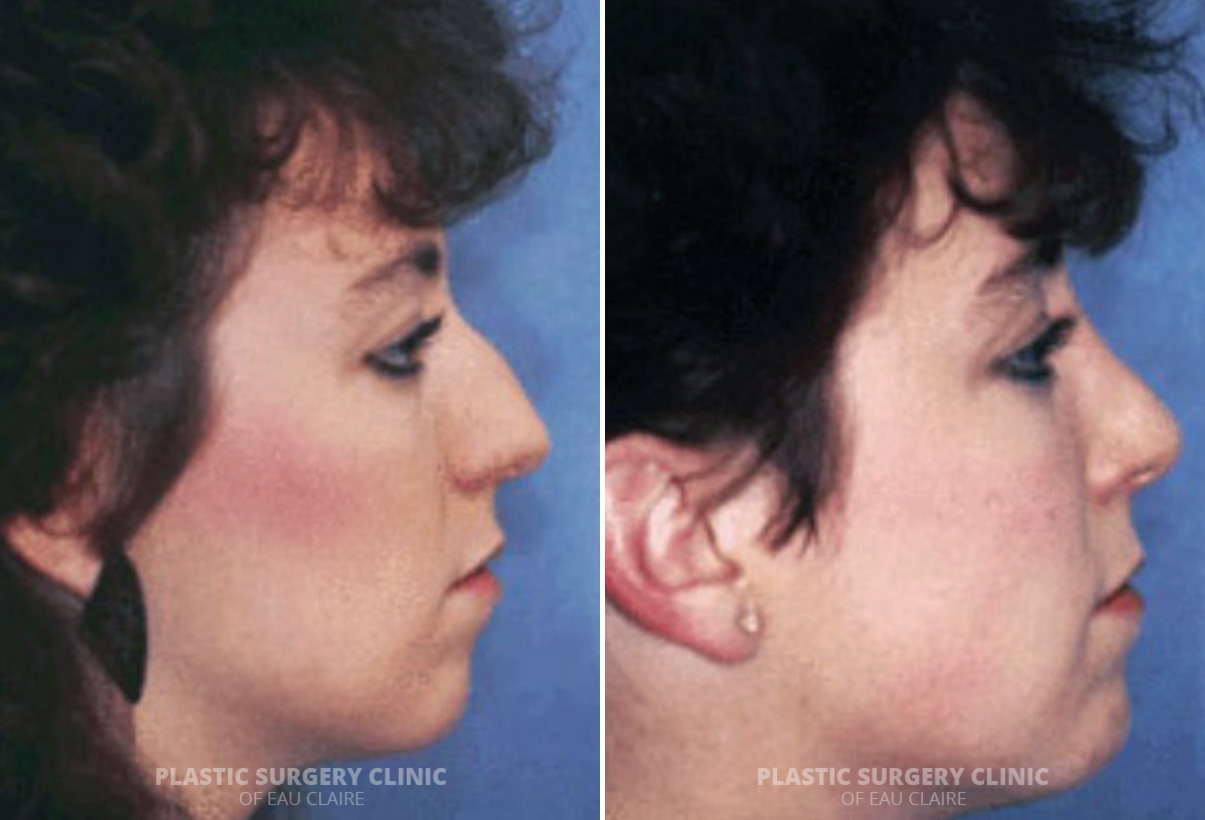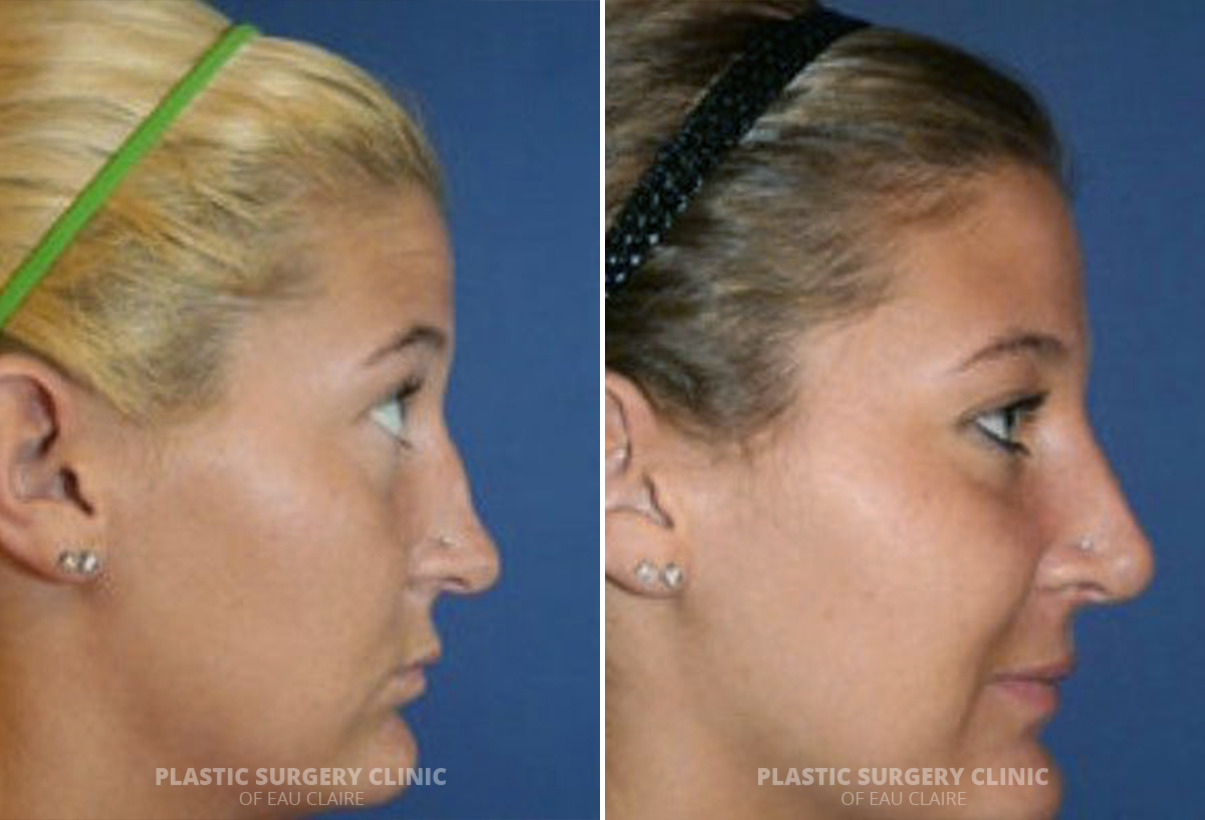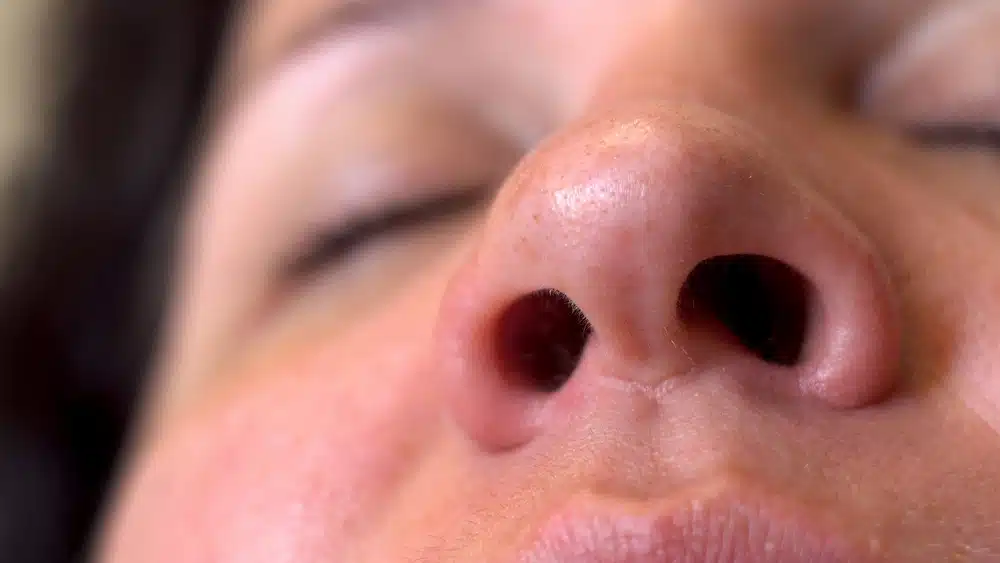Have you recently noticed that your nostrils look uneven after rhinoplasty? You’re not alone—and it’s not necessarily a sign that something went wrong. This common concern affects many patients during their recovery process, and understanding why it happens is the first step toward peace of mind.
As your nose heals, subtle changes can take place that may temporarily affect its symmetry. But don’t worry—many of these changes are part of your body’s natural healing response. In this article, we’ll explore why uneven nostrils happen, what can be done about it, and how to choose the right path forward.

What Causes Uneven Nostrils After Rhinoplasty?
Uneven nostrils after rhinoplasty procedures are a relatively common and often temporary occurrence. This asymmetry is usually due to post-operative swelling, scar tissue formation, or the natural way your body heals. Each of these factors can cause one side of the nose to appear slightly different from the other, especially in the early months of recovery. We’ll take a closer look at each cause in the sections below.
Uneven Swelling
Swelling is one of the most common—and often most misleading—parts of rhinoplasty recovery. After surgery, your body naturally sends fluid to the treated area to aid healing. However, this fluid doesn’t always distribute evenly, especially in such a small and complex area like the nose. One nostril may appear larger, rounder, or higher than the other simply because it’s more swollen. This kind of asymmetry is typically temporary and can take several weeks or even months to fully resolve, depending on how your body heals and how extensive the procedure was.
Scar Tissue Formation
As your nose heals from surgery, your body creates scar tissue to help close incisions and rebuild nasal structural integrity. However, the formation of this tissue isn’t always symmetrical. If more scar tissue develops on one side than the other, it can subtly distort the shape or position of one nostril. This can lead to uneven appearance, particularly in the soft tissue near the nostril base or alar rim. In most cases, mild asymmetry from scar tissue softens over time, but more prominent imbalances may require professional evaluation or minor corrective procedures.
Irregular Healing Process
Everyone’s body heals differently, and this variability can sometimes lead to an uneven final result. Factors like genetics, skin thickness, cartilage strength, and even how you sleep during recovery can influence how your nostrils heal. If one side of your nose experiences more pressure, trauma, or delayed healing, it may cause the nostrils to settle in asymmetrical positions. While most irregularities are minor and resolve over time, some may persist and require a follow-up consultation to determine whether additional treatment is necessary.
A Bad Nose Job
In some cases, uneven nostrils may be the result of suboptimal rhinoplasty results rather than natural healing. If a facial plastic surgeon lacks sufficient expertise or misjudges your unique nasal anatomy, the procedure may create structural asymmetry rather than improve it. This is especially common in patients who have had a previous rhinoplasty, where weakened cartilage or scar tissue complicates correction. Poor technique can also affect nasal function, leading to both cosmetic imbalance and breathing concerns that may require expert revision.
Are You Ready For A Consultation?
Join our satisfied clients who’ve experienced safe, effective treatments and facial plastic surgery
How to Fix Nostril Asymmetry After a Nose Job
Sometimes, nostril asymmetry doesn’t resolve on its own. In these cases, there are several effective treatments available, depending on the cause and severity of the asymmetry. Below, we’ll explore some of the most common correction methods.
Dermal Fillers
Dermal fillers offer a non-surgical solution for a mild degree of nostril asymmetry after rhinoplasty. Often referred to as “liquid rhinoplasty,” this technique uses injectable fillers to subtly adjust the contours around the nostrils, creating a more balanced appearance. It’s ideal for patients with minor irregularities who prefer to avoid revision surgery. The results are temporary—lasting several months—but the treatment is quick, with minimal downtime. This option allows patients to test the visual impact of a correction before considering a more permanent solution.
Alar Base Reduction
Alar base reduction is a surgical technique used to reshape and reposition the outer edges of the nostrils, also known as the alae. This procedure is particularly effective when nostril asymmetry stems from width discrepancies or uneven flare. By precisely removing small wedges of tissue and suturing the area for balance, a surgeon can achieve a more symmetrical, refined look. It’s often performed under local anesthesia and offers permanent results, making it a popular option for patients seeking a targeted, lasting correction to nostril shape.
Revision Rhinoplasty
Revision rhinoplasty surgery is a secondary surgical procedure performed to correct or refine the results of an initial rhinoplasty. When nostril size asymmetry is more pronounced or permanent, this option allows a skilled rhinoplasty surgeon to adjust cartilage, bone, or soft tissue for improved symmetry and function. Primary and revision rhinoplasty are quite different. Revision rhinoplasty is a more complex procedure than primary rhinoplasty due to existing scar tissue and altered anatomy, which is why choosing an experienced surgeon is essential. Though it requires more recovery time, revision rhinoplasty can significantly enhance both the aesthetics and balance of your nose.
Septorhinoplasty
Septorhinoplasty is a functional and cosmetic procedure designed to correct both the nasal septum and the external shape of the nose. It’s particularly effective when asymmetrical nostrils are caused by a deviated septum or structural imbalance affecting airflow. By straightening the septum and reshaping surrounding cartilage and bone, this surgery can restore both nasal symmetry and proper breathing. It’s a more comprehensive solution than standard rhinoplasty and is often recommended when form and function need to be addressed simultaneously.
Primary Rhinoplasty Before and After Photos


* Each patient is unique and individual results may vary.
How to Avoid Asymmetrical Nostrils After Nose Surgery
While some degree of swelling or unevenness is normal after rhinoplasty, there are ways to minimize your risk of lasting nostril asymmetry. Following proper post-operative care and setting realistic expectations can make a big difference in your outcome. Below are some of the most effective practices to support balanced healing and reduce the chances of needing corrective procedures later on.
- Follow your surgeon’s post-op instructions closely: Proper cleaning, medication use, and splint care are essential for reducing inflammation and promoting even healing.
- Sleep with your head elevated: Keeping your head elevated for at least the first week helps minimize swelling and prevent fluid buildup that could affect one side more than the other.
- Avoid pressure or trauma to the nose: Be careful not to bump, press on, or sleep on your nose, especially in the early weeks after surgery.
- Attend all follow-up appointments: Your surgeon can monitor your healing and catch early signs of unevenness before they become more pronounced.
- Be patient with your healing timeline: Noses can take up to a year or more to fully heal. Don’t rush to judgment about symmetry too early in the recovery process.
Of course, one of the most effective ways to ensure symmetrical, natural-looking results is by choosing an experienced plastic surgeon who specializes in rhinoplasty. Let’s take a closer look at what makes that decision so important.
Choosing the Best Rhinoplasty Surgeon for Your Nasal Asymmetry
Choosing an experienced plastic surgeon for your rhinoplasty—or for any corrective procedure—is critical. The nose is one of the most complex and delicate structures on the face, and even minor adjustments require a refined understanding of both function and aesthetics. A qualified surgeon will know how to assess your unique anatomy, manage healing expectations, and deliver the most natural results possible.
Dr. Ember Ewings is a board-certified plastic surgeon known for her precision and patient-centered approach. She earned her medical degree from the University of Wisconsin-Madison School of Medicine, completed her residency at Saint Louis University, and gained advanced fellowship training in pediatric and craniofacial surgery in both Memphis and Paris. With her deep expertise and commitment to excellence, Dr. Ewings is exceptionally qualified to help you achieve the best version of yourself. Call us today at 715-833-2116 or visit our contact page to schedule your rhinoplasty consultation.



